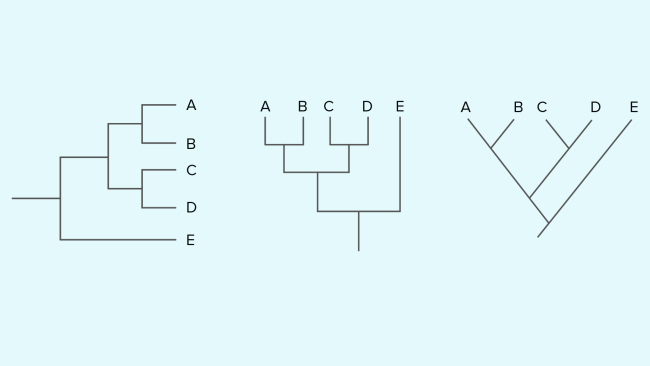Fibonacci sequence consists of a infinite succession of numbers that follow a pattern where each subsequent element is the sum of the previous two. So after 0 and 1 come 1, 2, 3, 5, 8, 13, 21, 34, 55, 89, 144, etc.

This sequence was discovered by the Italian mathematician Leonardo Fibonacci (1170 - 1250), also known as Leonardo Pisa or Leonardo Bigollo. The Fibonacci finding was made from the observation of the growth of a population of rabbits.
The sequence starts with the number 0 and 1, which is repeated and, later, the sum of the last two numerals forms the next: 1 + 1 = 2. Then the sequence continues to add up: 1 + 2 = 3; 2 + 3 = 5; 3 + 5 = 8; and so on endlessly.
This sequence of numbers is, mysteriously, interconnected with various phenomena of nature, as has been found over the years in mathematical studies.
The Fibonacci sequence numbers form the call "golden proportion", a visual concept widely applied in plastic arts, architecture and design, as it is considered pleasing to human eyes. The value of the golden ratio is approximately 1.6, and it is precisely this number that is obtained when you divide a number with its predecessor in the Fibonacci sequence.
Learn more about the meaning of golden proportion.
From this sequence, the idea of the Golden Rectangle. When drawing arcs inside each square divided within the rectangle, the Fibonacci Spiral is also observed.
The idea of the golden proportion acquired from the observation of this sequence was used by Leonardo Da Vinci, for example, to describe the perfect figure of the human body.
See also the meaning of the vitruvian man.


